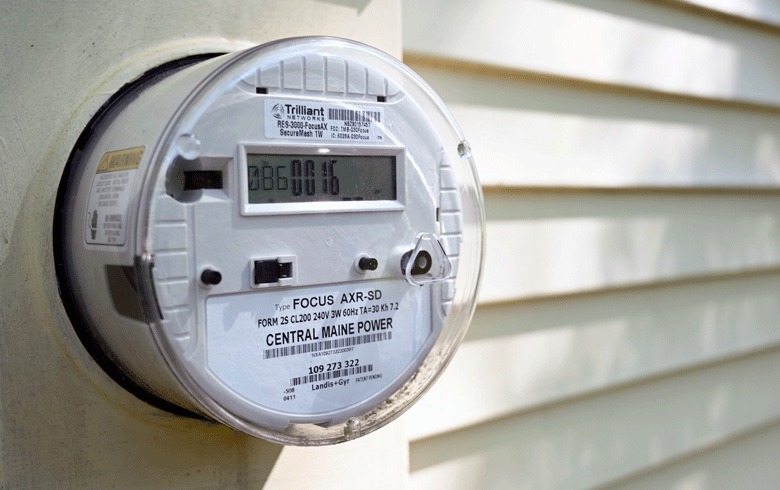The op-ed piece by Tom Saviello in the April issue of The Working Waterfront opposing the CMP corridor requires a rebuttal.
First, if Saviello has read the May 3, 2019 Maine Public Utility Commission 107-page order (docket No. 2017-00232) concerning the New England Clean Energy Connect (NECEC) corridor, he would have noted that body’s extensive deliberations and the significant benefits the corridor has for Mainers.
Second, he must know that the entire CMP corridor matter is regulated by the PUC, which was created by the legislature with commissioners appointed by the governor.
The transmission line corridor has evolved into a major recreational path for snowmobilers, hunters, hikers…
The PUC regulates CMP and its holding company. Any “excess profits” by CMP or its holding company, as called out several times by Mr. Saviello, would be discovered and ordered returned to the Maine ratepayers in the form of lower electric rates. This is how regulation of electric utilities works in Maine and throughout the country.
In the 1980s, I was involved with a very similar 224-mile Hydro-Quebec corridor bringing James Bay hydro power to Vermont via a 40-mile transmission line run through the north woods. After all these years, the transmission line corridor has evolved into a major recreational path for snowmobilers, hunters, hikers, cross-country skiers, and bird watchers, and it even hosts deer yards.
Most important, approximately 20 percent of Vermont’s electricity comes from Hydro-Quebec, resulting in Green Mountain Power’s current electric rates being less than CMP’s. Hydro-Quebec power is less expensive and climate friendly.
Gov. Janet Mills has negotiated to have Hydro-Quebec to sell 500,000 megawatt hours per year of hydroelectricity to one or more Maine utilities through the new corridor at $4 per megawatt hour, less than the standard supply offer we’re paying now. Good deal, governor!
In addition to recreational benefits, public and ratepayer benefits are summarized on pages 76-78 of the PUC order: a low-income customer benefits fund and a rate relief fund; broadband, heat pump, and electric vehicle benefits; Franklin County community benefits; and education grant funding. Maine State renewable energy goals are detailed on pages 69-73.
Remember the cost of construction and operation of the NECEC will be borne by customers of electric distribution companies in Massachusetts. In addition, CMP plans to upgrade several transmission lines and substations in anticipation of the added 1,200 MW of hydro power flowing through the state and carrying Maine’s portion of the Hydro-Quebec power purchased by Gov. Mills.
I urge anyone still in doubt about the benefits of the project to read the PUC order. You can get a copy from the PUC website or I can email a copy.
Richard de Grasse is a professional engineer retired to Islesboro. He is a former deputy commissioner of the Vermont Department of Public Service, director of the Vermont Public Power Supply Authority, and manager of the Stowe Vermont Electric Department.





